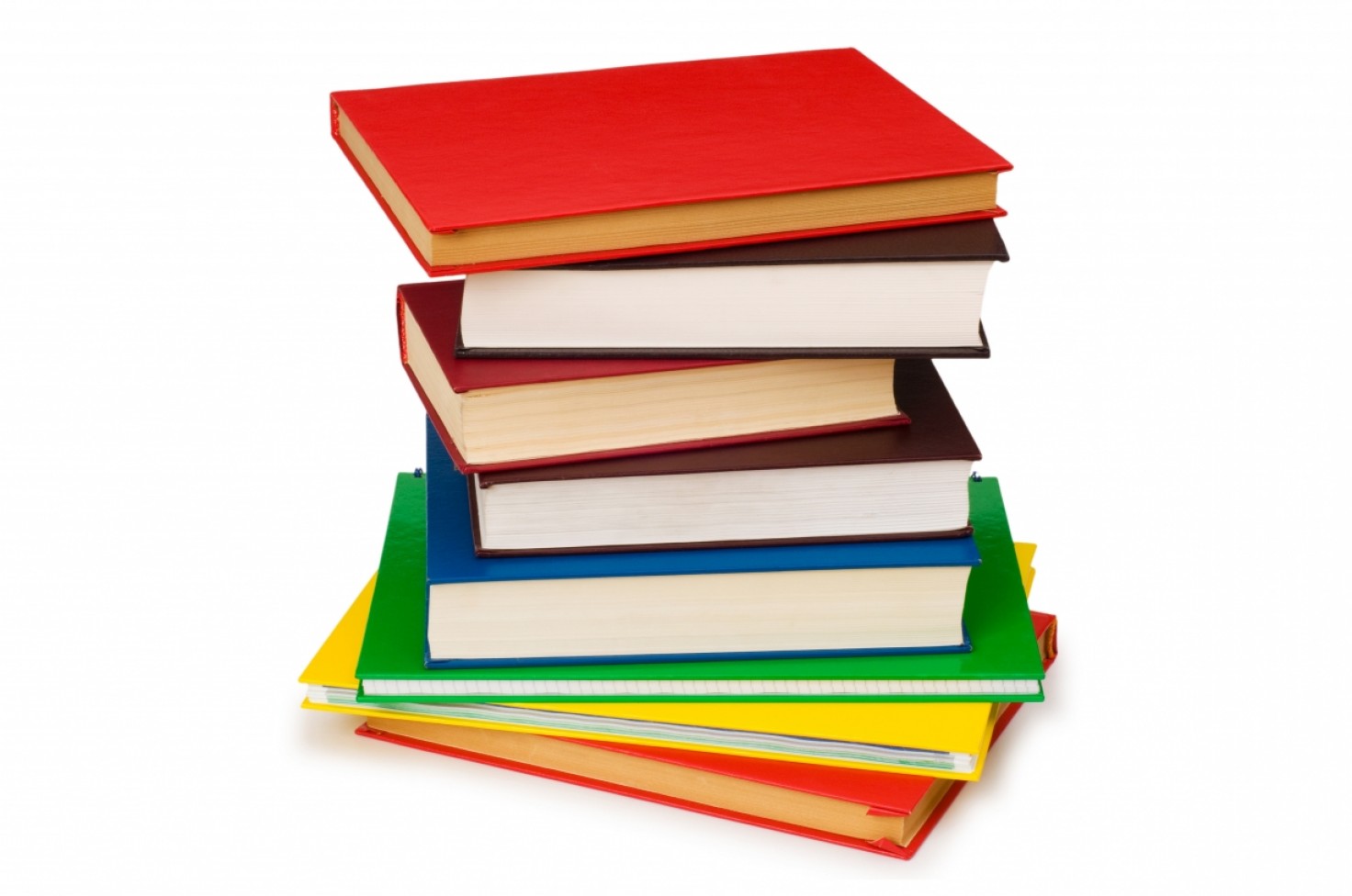While the number of illiterate people in Iran is decreasing, however ‘low literacy’ continues to be a persistent problem among adults, a factor that can be considered as detrimental as illiteracy.
Needless to say, adult literacy has a major impact on many aspects of life including health and wellbeing, and issues such as gender equality and poverty.
“Currently, the average literacy rate is 87% for all Iranians above the age of 6,” said Ali Baqerzadeh, head of the Literacy Movement Organization (LMO), referring to the population and housing census carried out in the second half of the last fiscal year that ended on March 20, ISNA reported.
Over the past five years, the rate of literacy increased by more than 4% in the provinces of Sistan-Baluchestan, Bushehr, South Khorasan, Hormozgan and Qazvin, he noted.
Based on the latest census, the provinces with the highest rates of illiteracy are Ardebil (83.1%), Lorestan (83%), West Azarbaijan (82%), Kordestan (81.5%) and Sistan-Baluchestan (76%).
The findings also indicate that the provinces of Tehran (92.2%), Alborz (92.2%), Semnan (91.5%), and Yazd (90.9%) are the top literate provinces.
In the previous national census conducted in 2006, Sistan-Baluchestan, West Azarbaijan, Kerman, Kordestan, North Khorsan and Lorestan had the highest rates of illiteracy. Therefore in 2015, several working groups were established in these provinces to develop plans to boost literacy learning programs.
Nasser Sabahi, deputy for literacy affairs in the Kerman Province Education Office, said the main hurdle in the way of effective implementation of literacy learning schemes was lack of proper identification of illiterates. “The Statistical Center of Iran (SCI) doesn’t share people’s personal information with the Education Ministry,” he complained. Therefore, information is sought with help from the State Welfare Organization and other bodies, which may not come up with the precise (reliable) figures.
He urged the SCI to support efforts of the Education Ministry and the LMO to identify illiterate people for effective implementation of literacy programs.
11m at Risk of Illiteracy
As said earlier, the number of illiterate people is decreasing but low literacy continues to be a persistent problem among adults. Low literacy or limited literacy is the inability to read or write well enough to perform necessary tasks in society or on the job.
According to reports, there are around 11 million adults in the country who are low-literate (their years of schooling is less than six years of primary school) and they are at risk of forgetting what they have learnt and becoming illiterate again.
“Of these low-literate people, 7 million are under the age of 50,” Baqerzadeh pointed out.
“People with low levels of literacy are very likely to become illiterate again and we therefore need to develop creative plans to prevent such a situation,” he said.
The UN Human Development Report (2016), said the mean years of schooling is 8.8 in Iran. The figure was 7.3 in 2012. According to the report, the figure is around 13 or more in some developed countries including Germany and the US.
A report published by UNESCO in 2015 says the global literacy rate is 86.3%. The literacy rate is 98.8%, 96.4%, 95%, 94.7%, 72.1%, and 38.2%, in Russia, China, Turkey, Saudi Arabia, India and Afghanistan, respectively.


